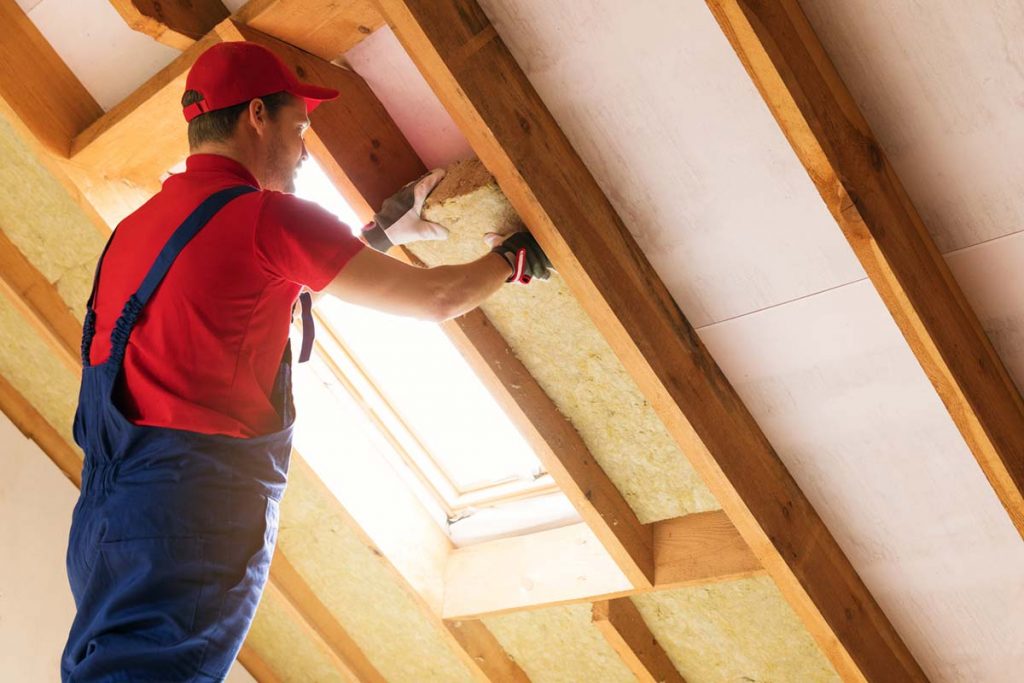Proper insulation at houses is the ultimate factor for making your house comfortable and healthy. Insulation has many advantages. Proper insulation makes your home warm and cozy in extreme winters. It makes your house cool in summers. Proper house insulation makes your house energy efficient. It keeps your energy bills low and prevents the trapping of moisture and mold. Proper insulation also traps the sound and unwanted noise transmitting at the house structures.
How does proper insulation maintain the temperature of your house?
Proper insulation traps the air pockets and slows down the in and out process of air. As a result, the outdoor air is prevented from getting inside and conditioned or warm air is prevented from escaping. This keeps the room warm and cozy in winters and cools in summers.
It acts just like a sweater and a nylon shell that keeps your body warm when the wind is blowing. The brick or the siding acts as a nylon sheath that prevents the wind from blowing and the proper insulation inside acts as a sweater and a vapor barrier which prevents the moisture away from the home.
What is R-Value and how insulation is rated?
You can rate the insulation as per the R-Value. R-Value is the measurement of resistance of the material as per the heat movement.
Higher the value of R-Value, more effective the insulation is. There are recommended R-Value for each area of your house. Local building codes recommend the R-Value for each area of your house. Lower R-value means improper insulation.
What are the signs of poor insulation?
There can be many signs of poor insulation. Cold floors, cold walls and cold air inside the room during the winters and warm air, warm floor, and warm walls during the summers are the signs of poor insulation.
What are the different types of insulation?
There are different types of house insulation material available. The type you want to use depends on the R-value of the material required and the place of the insulation.
Following are the types of insulation material available:
- Fiberglass: Fibreglass is the extremely tiny glass material (or silica). They are usually pink in color and offers an R-value of 3.0-3.7 per inch. Fiberglass in batts is commonly available along with loose fil.
- Mineral Fibre: This is brownish and is more studier than fiberglass. They offer better fire resistance and better R-value. This material is more noise resistance and can easily absorb sound.
- Cellulose: It is denser than loose-fill fiberglass or mineral fiber. It is used in attics.
- Rigid foam: It is widely used in the shell of your home and to line exterior basement walls.
- Spray foam: There are two types of spray foams available in the market: a low-density open-cell polyurethane and a closed-cell polyurethane. Closed-cell offers a stronger airtight home and is resistant to mold growth.




